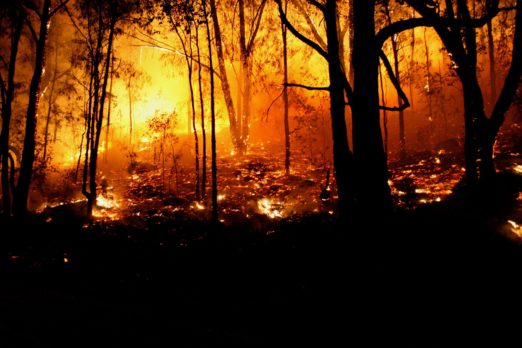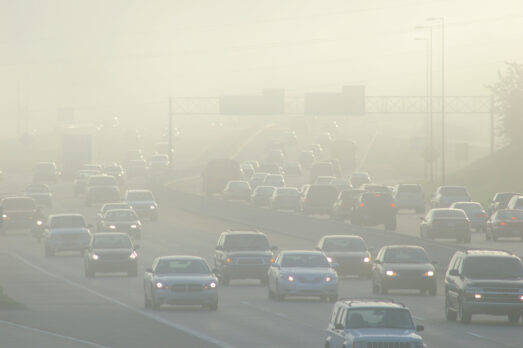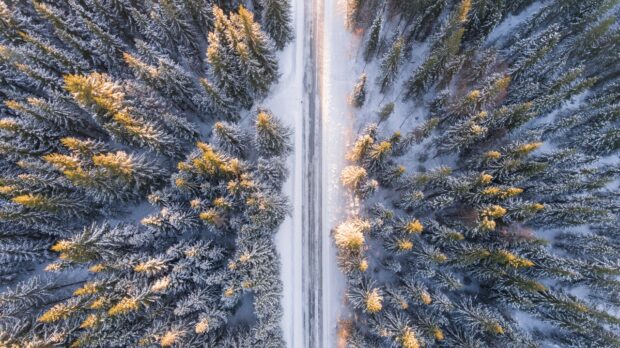
This summer has felt like a global warming turning point. All around the world, heat waves are getting longer and more intense – a deadly consequence of our abundance of greenhouse gas emissions.
Record heat this summer has caused casualties in Canada and Japan, drought in the UK, Scandinavia and Germany, contributed to record temperatures in northern Africa and the Middle East, and sparked unprecedented wildfires in Greece, the Arctic Circle, and the American West.
This is not normal. But we can expect more.
Is this extreme weather occurring because of climate change? In a study released in July, scientists with the World Weather Attribution project concluded that the likelihood of the heat wave baking Northern Europe is “more than two times higher today than if human activities had not altered climate.”
Right now, every state west of the Mississippi is at least partly in drought and fire season is now two-and-a-half months longer than it was just 40 years ago. Worldwide, forests are dying at an unprecedented rate thanks to climate change and pressure from agricultural and urban expansion.
Although new research shows that people ignite a lot more wildfires than nature does, increases in average annual temperatures create conditions that dramatically elevate the risk and severity of forest fires.
Here’s how:
- Longer fire seasons: Warmer weather is arriving earlier, leading to premature spring snowmelt, and creeping deeper into the fall. This is resulting in a much longer period of time when forests are vulnerable to fire.
- Drier conditions: In the western U.S., regional temperatures have increased by almost 2°F since the 1970s. Prolonged drought and below-average rainfall increases the duration and probability of fire.
- Insect infestations: Warmer winters and drought brought on my climate change are allowing tree-killing insects to thrive and destroy tens of millions of acres of forests, increasing the risk of massive wildfires.
- More severe storms: Another major impact of climate change is increasingly severe storms that carry a lot of energy. The National Wildlife Federation (NWF) estimates that “lightning in the [American West] could increase by 12 to 30 percent by mid-century.”
When combined, the first three of the climate impacts described above create favorable conditions for a dangerous forest fire – while the fourth acts as a match. Once started, today’s wildfires are hotter and more destructive than ever.
In a 2016 study, scientists from the University of Idaho and Columbia University found that “observed warming and drying have significantly increased fire-season fuel aridity, fostering a more favorable fire environment across forested systems.”
The study estimated that human-caused climate change contributed to the burning of an additional 10.4 million acres of forest from 1984—2015, nearly double what would have been expected without it. Wildfires on this scale release large amounts of CO2 while decreasing the number of trees available to absorb it, creating a dangerous feedback loop.
So what can be done? Reducing our dependence on fossil fuels as quickly as possible, even as irreversible change is imminent, is an important start and should motivate us to save what we still can.
We can do better.

Annual global bottled water consumption is estimated to have reached 118 billion gallons in 2023. That’s equivalent to 1 million…

The world is driving towards a new era of electric transportation. This is good news for fighting the climate crisis,…

The past few summers have been breaking heat records but winters are actually warming faster than summers in most of…